


Cylinderless Fire Suppression System
Application

Vehicle Engine Compartment

Electrical Panels

Power Generators

3D Printers

School vans & Ambulance

Server Racks

CNC Machines

Marine Engines

Battery Cabinet

Forestry Machines

Electricity Distribution Box

Special Army & Police Vehicle

Telecom Tower Shelters
Product Specification
|
Length of the tube |
Agent Capacity in KG |
|---|---|
|
1 Meter |
0.25 KG |
|
2 Meter |
0.50KG |
|
3 Meter |
0.75 KG |
|
4 Meter |
1.0 KG |
|
5 Meter |
1.25 KG |
|
6 Meter |
1.50 KG |
|
7 Meter |
1.75 KG |
|
8 Meter |
2.0 KG |

Features

Lightweight

Mobile

Ozone Friendly

5Y Warranty

Compact Size
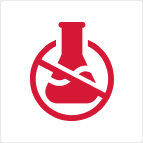
Non Toxic

Recyclable

No cleanup Required

Auto-Activate
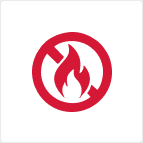
Not Hazardous

Label here
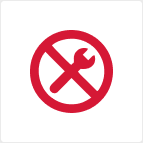
Maintenance -not required
FAQ
There are several types of fire extinguishers designed for specific fire classes: Water and foam extinguishers are suitable for Class A fires (wood, paper); CO2 extinguishers are effective for electrical fires (Class C); dry powder extinguishers work well for flammable liquids and gases (Class B); wet chemical extinguishers are ideal for kitchen/cooking oil fires (Class K); and there are specialized Class D extinguishers for combustible metals. Choosing the right extinguisher involves matching the fire class with the appropriate extinguishing agent to effectively combat the specific hazard, ensuring a safe and controlled suppression of the fire.
Fire extinguishers should undergo regular inspections and maintenance at least once a year, in compliance with local regulations and standards. Additionally, they should be visually inspected monthly to ensure accessibility, proper pressure levels, and any signs of damage or tampering. Professional servicing by certified technicians is crucial every few years or as indicated by the manufacturer to guarantee optimal performance, recharging, or replacement of components if necessary. Regular maintenance and inspections are vital to ensure that fire extinguishers are in working condition and ready to combat fires effectively when needed.
A comprehensive fire safety plan for a commercial or residential space should include several key elements: clearly marked emergency exits with illuminated signage, regular fire drills and employee/resident training on evacuation procedures, strategically placed fire extinguishers and other firefighting equipment, a robust alarm system with regular checks and maintenance, proper storage and handling of flammable materials, designated meeting points outside the building, and regular inspections and maintenance of fire suppression systems and equipment. Additionally, the plan should outline communication protocols during emergencies and provide clear guidance on contacting emergency services.
Certifications

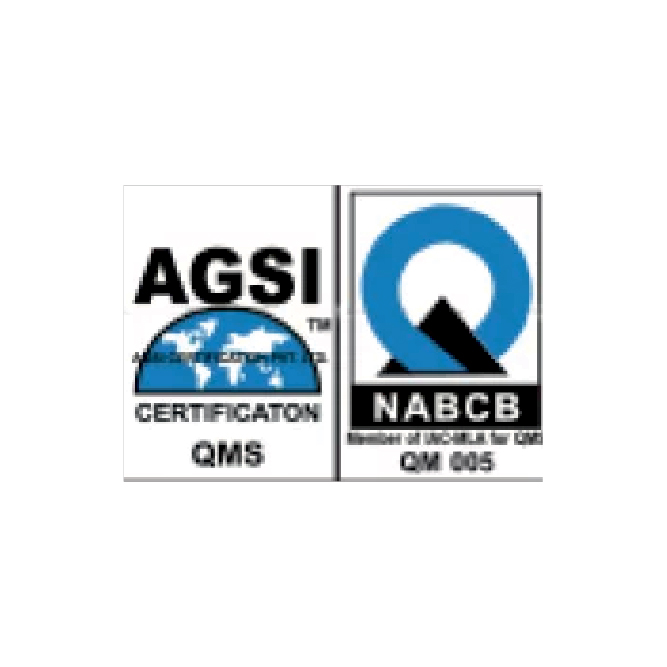
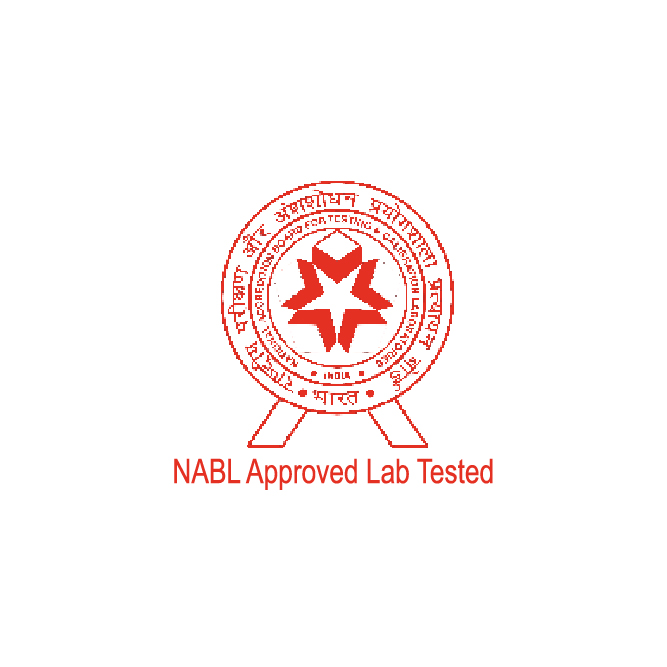





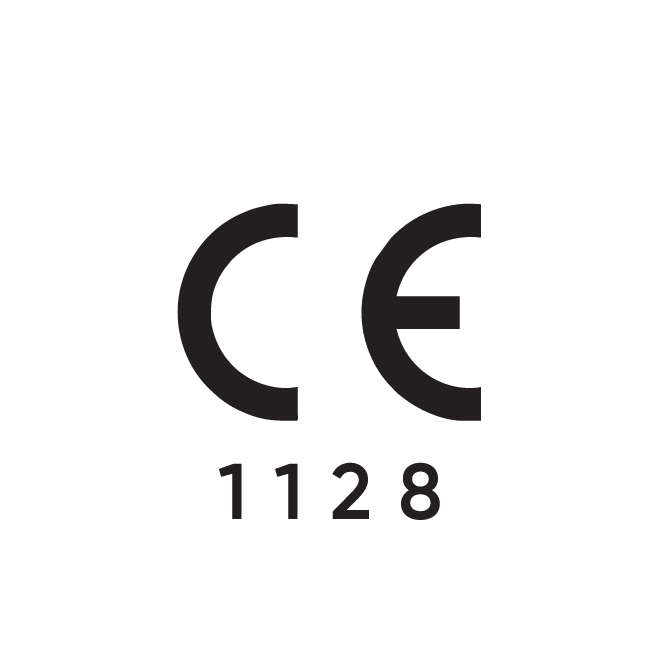
We, at FCO are committed to providing happier, safer and worry-free lives. FCO 2000 is the next generation series of fire suppression system which is light weight, compact in size and extremely easy to use. The cost-effective pricing of our products makes it possible for everyone to afford to protect themselves and their possessions from the irrecoverable damage a fire can cause to life and property.

